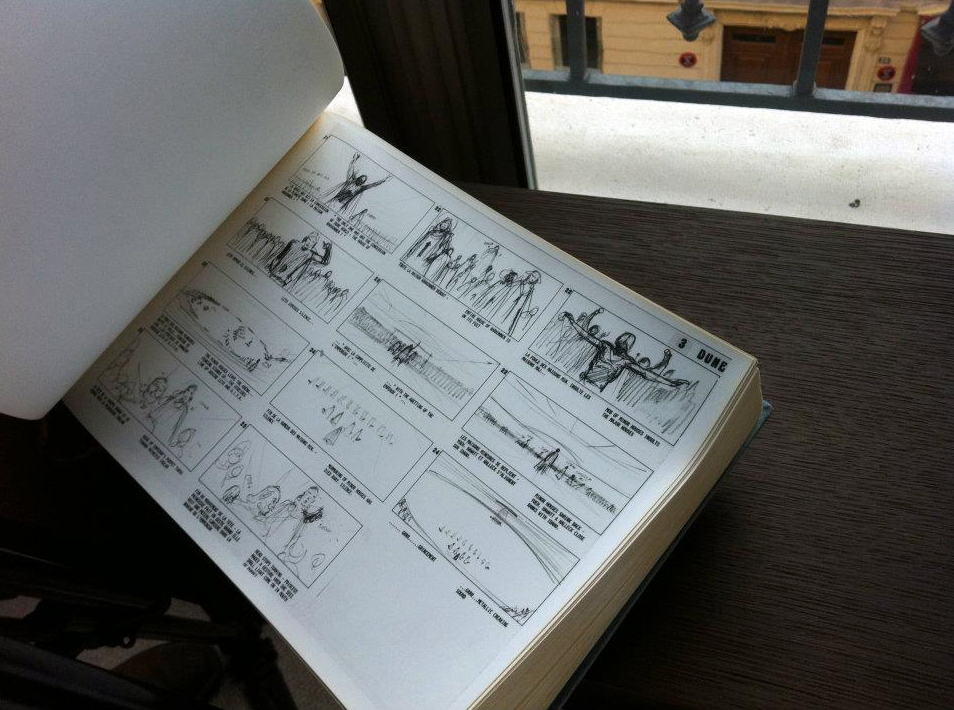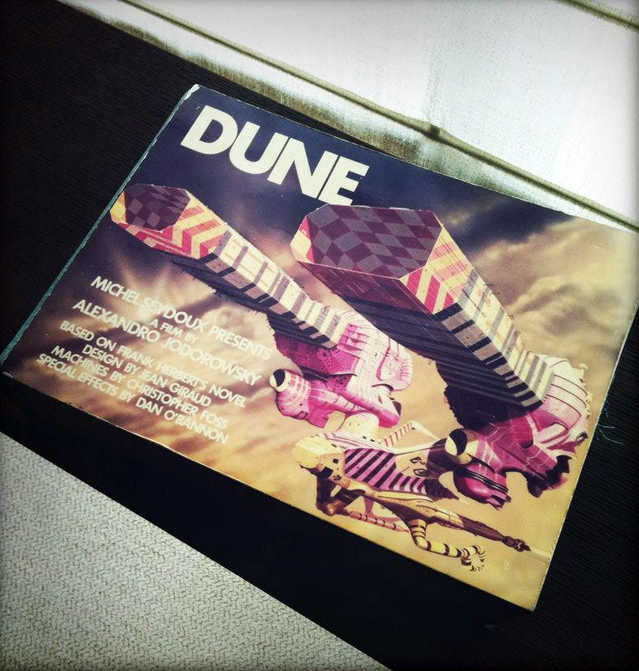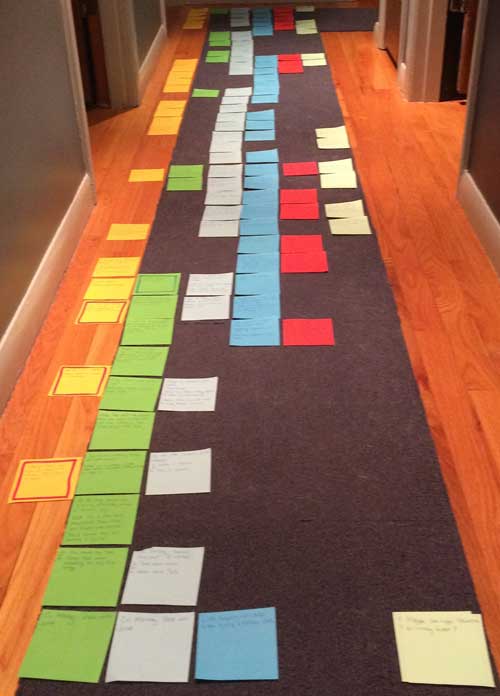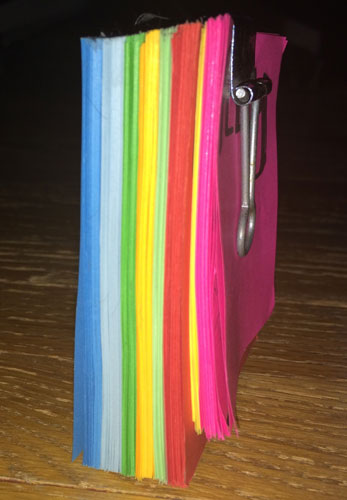Turning The Corner (If We Can Find It)
![]() In the eternal war between Plotters and Pantsers, Rune Skelley is a stalwart Plotter and ever shall be.
In the eternal war between Plotters and Pantsers, Rune Skelley is a stalwart Plotter and ever shall be.
With that out of the way, it’s time to acknowledge one of the advantages enjoyed by our ancient adversaries: Pantsers don’t have to figure out how to switch from the planning mode into actual writing.
That’s where we are now, and it feels like looking for an address in a strange neighborhood. We know our turn is around here somewhere. We’re going slow so we can read house numbers. We’re puttering along in a strained metaphor when we should (probably?) be writing.
On the other hand, Kent observed recently that the current state of Son of Music Novel is analogous to a first draft even though there’s no manuscript per se in existence. It’s not like we’ve been spending all this time just sharpening pencils in the Writing Cave. We’ve accomplished a lot. But, without a manuscript we do not, technically, have a first draft.
The truth is, there’s no such thing as 100% preparedness. Plotters reach a point of diminishing returns when their plans hit a certain level of detail, and that’s the signal to start writing and save further optimization for the revisions stage. Recognizing that signal from the inside is not always so easy to do, and therein lies our dilemma.
This is an area where Kent’s and Jen’s personalities are perhaps too similar. We both like the planning mode, and share some of the same trepidation about leaping in on the writing too soon. If one of us was a Pantser at heart, we’d have a more balanced perspective and might vacilate less about turning this corner. Contemplating just about any other stage in the process, such an odd-couple partnership seems doomed to a lot of frustration. But maybe it can work.
Whichever banner you rally to, Pantsing or Plotting, do you think you could collaborate with a member of the other camp? Could you learn from each other? Leverage your disparate strengths? Or would it lead to a meltdown?




 We spent an evening carefully combing through that first Rainbow, making notes about points that were still vague, or questions that were still unanswered. Then we retired to the auxiliary writing cave and filled in all of the missing information.
We spent an evening carefully combing through that first Rainbow, making notes about points that were still vague, or questions that were still unanswered. Then we retired to the auxiliary writing cave and filled in all of the missing information.